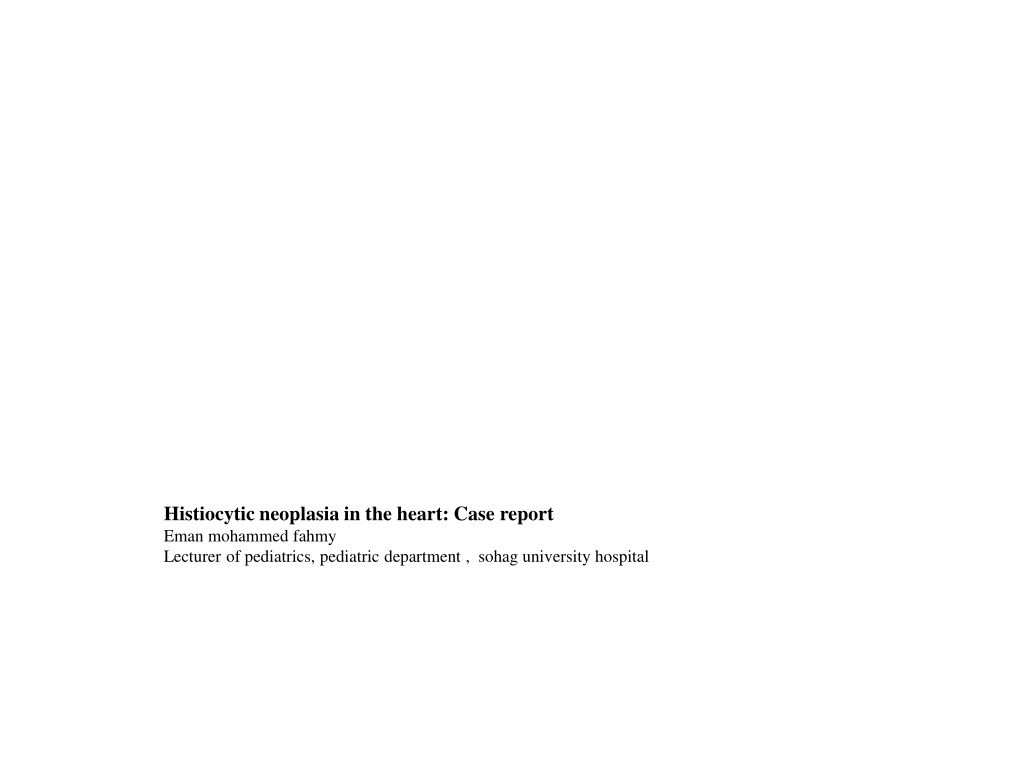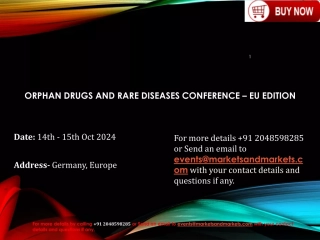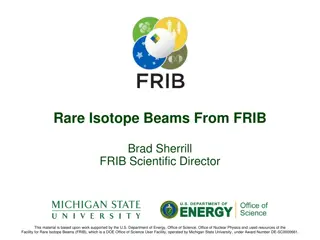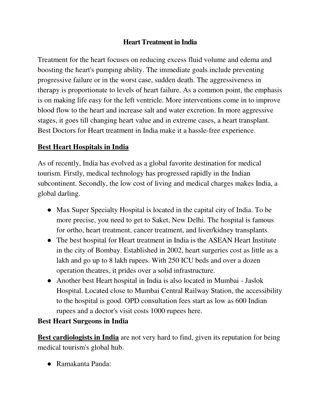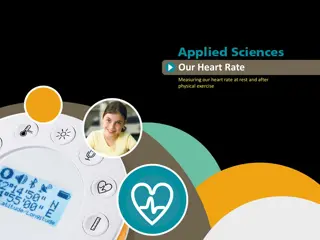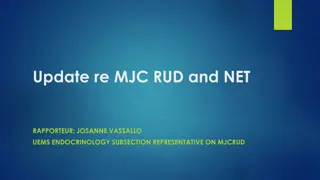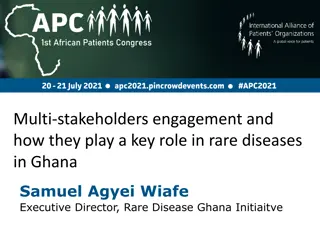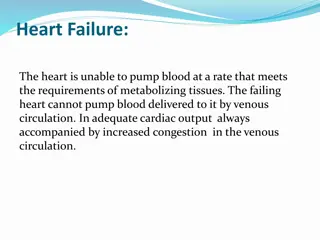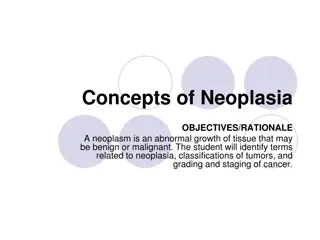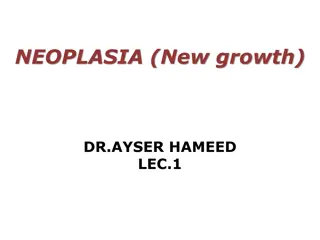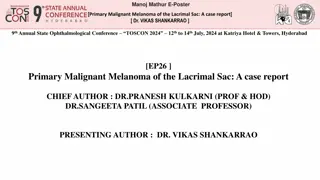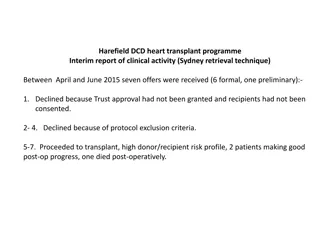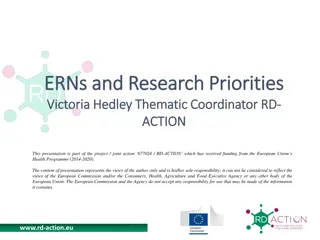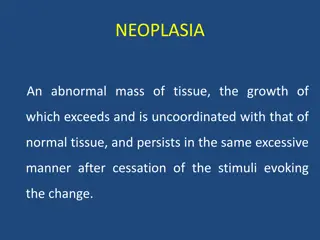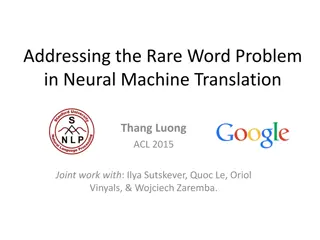Histiocytic Neoplasia in the Heart: A Rare Case Report
A 3-year-old girl presented with persistent fever, leading to the discovery of a cardiac mass diagnosed as histiocytic neoplasia through imaging and biopsy. Primary cardiac tumors are rare in children, with benign tumors being more common. Histiocytic sarcomas are malignant neoplasms with characteristics of mature tissue histiocytes. The case highlights the challenges in diagnosing and treating cardiac neoplasms in pediatric patients.
Download Presentation

Please find below an Image/Link to download the presentation.
The content on the website is provided AS IS for your information and personal use only. It may not be sold, licensed, or shared on other websites without obtaining consent from the author. Download presentation by click this link. If you encounter any issues during the download, it is possible that the publisher has removed the file from their server.
E N D
Presentation Transcript
Histiocytic neoplasia in the heart: Case report Eman mohammed fahmy Lecturer of pediatrics, pediatric department , sohag university hospital
Introduction: Histiocytic sarcomas are malignant proliferation of cell showing morphological and immunophenotypic characteristics of mature tissue histiocytes. Objective : Is to report 3 years old girl presented with pyrexia of unknown origin and after echocardiography, MSCT on heart and MRI heart, the case was reported to have cardiac mass then after excisional biopsy of the mass and immuno histochemisrtry, histiocystic neoplasia was diagnosed.
Introduction Cardiac tumors are rare in children and consist of both primary and secondary tumors, with the majority being benign primary tumors. Primary cardiac tumors in the pediatric population have a prevalence of 0.0017 0.28 in autopsy studies and an incidence of 0.14% during fetal life (1). The majority of primary cardiac tumors in children are benign, with rhabdomyoma and fibroma being the most common, accounting for up to 80% of cases of all cardiac tumors. The most common malignant primary cardiac tumor in both children and adults is sarcoma. Histiocytic sarcomas are malignant proliferation of cell showing morphological and immunophenotypic characteristics of mature tissue histiocytes (2).
3 years old girl admitted to our pediatric department in sohag university hospital with complain of persistent fever about 2 and half month ago. Fever was from 38.5 -39.5 0c. It was persistent all over the day (no diurnal variation). Temperature was decreased with antipyretic and never returns to normal. There were no respiratory, cardiac, gastrointestinal, Neurological, musculoskeletal symptoms and no past history of medical diseases or surgical operations. In examination, the patient was general well, weight 13 kg and her height was 134cm (25 centile& 50 centile). Head and neck examination was normal while during chest examination there was mild tachypnia RR 35 cycle\min. On cardiac examination, there was mild tachycardia HR 130 beats\min, pulse was regular, average volume, equal in both sides with no special characters. Abdomenal , Neurological, Endocrinal and Musculoskeletal
examination was completely normal. Her blood pressure was normal 90/50. Her investigations were as follow: complete blood count ( WBCS 6.8*109 \liter, HgB 11gm\dl and plt 289 *109 \liter, CRP was 96 mg\ liter, ESR 120 mm\hr, Urin analysis was normal and urin culture showed no growth, Blood culture (twice) showed no growth. Multa and widal tests were normal, also T.B PCR was normal. CMV and HSV antibodies were normal but EBV IgG and IgM were positive. Her imaging investigations include chest X ray, Abdominal U/S, CT chest and abdomen all were normal. Lastly we decided to do echocardiography to the heart which was done by one of our pediatric cardiologist and showed increase velocity at Junction of SVC to RA and recommends for MSCT, other findings in the heart were completely normal and ECG was normal.
When we do MSCT, it shows a soft tissue mass lesion posterior to the right atrium at SVC drainage site insinuated between the two atria and splaying them, possibility of being intra pericadial lesion for farther assessment and cardiac MRI. The MRI report show A well circumscribed rounded, heterogeneous lesion is seen arising at the SVC/RA junction, likely intra atria (RA), for anatomical correlation with CT. No CMRI features of aggressive tumor behavior (no effusion, no metastases). Despite their rareness, according to location and age; a fibroma and myxoma are to be considered, in absence of central line insertion s history a thrombus is to be excluded. After 3
Discussion Cardiac tumors are benign or malignant neoplasm arising primarily in the inner lining, muscle layer, or the surrounding pericardium of the heart. Cardiac tumors can be primary or metastatic. Primary cardiac tumors are rare in pediatric practice with a prevalence of 0.0017 to 0.28 in autopsy series. In contrast, the incidence of cardiac tumors during fetal life has been reported to be approximately 0.14% (3, 4).
The vast majority of primary cardiac tumors in children are benign, whilst approximately 10% are malignant. Secondary malignant tumors are 10 20 times more prevalent than primary malignant tumors (5). Sarcomas make up 75% of malignant cardiac masses (6, 7). The clinical presentation depends on the age of the patient as well as the size and location of the cardiac tumor. Children with cardiac tumors may present with arrhythmias, heart failure, heart murmur, valvular insufficiency, or, rarely, sudden death. Echocardiography and MR imaging are the most commonly used imaging modalities for evaluation of cardiac masses in children However, limitations of echocardiography include relatively poor soft-tissue characterization in larger patients and inadequate evaluation of extra cardiac structures (8) as in our case echocardiography show only increase velocity at junction of SVC to RA.
Cardiac MR imaging is the modality of choice for further characterization of cardiac masses, especially in children, as it does not involve the use of ionizing radiation. Although cardiac MR imaging is the preferred modality, CT can also play an important role in the evaluation of cardiac masses (8). In our case we did first MSCT on the heart which show the soft tissue mass but the exact localization could be done by CMRI. Malignant histiocytosis is a neoplasm composed exclusively of cells showing morphological and immunophenotypic features similar to those of mature tissue histiocytes (2). Malignant histiocytosis and true histiocytic lymphoma are now generally considered to be neoplasms of similar cell types, differing only in their presentation as disseminated (malignant
Uzun O, Wilson D G, Vujanic G M, Parsons J M, De Giovanni J V. Cardiac tumours in children. Orphanet J Rare Dis 2007;2:article 11. http://www.ojrd.com /content/2/1/11. Published March 1, 2007. Accessed September 9, 2012. 2. Rappaport H. Histiocytosis. In: Atlas of tumour pathology: tumours of the haematopoietic system. Section 3, fascicle 8. Washington, DC: Armed Forces Institute of Pathology, 1966:48 63. 3. McAllister HA Jr: Primary tumours of the heart and pericardium. Pathol Annu 1979, 14:325-355. 4. Holley DG, Martin GR, Brenner JI: Diagnosis and management of fetal cardiac tumors: a multicenter experience and review of published reports. J Am Coll Cardiol 1995, 26:516-520. 5. Lam KY, Dickens P, Chan AC: Tumors of the heart. A 20-year experience with a review of 12,485 consecutive autopsies. Arch Pathol Lab Med 1993, 117:1027-1031. 6. Bulkley BH, Hutchins GM: Atrial myxomas: a fifty year review. Am Heart J 1979, 97:639-643. 7. Chan HS, Sonley MJ, Moes CA, Daneman A, Smith CR, Martin DJ: Primary and secondary tumours of childhood involving the heart, pericardium, and great vessels. A report of 75 cases and review of the literature. Cancer 1985, 56:825-836 8. Nadas AS, Ellison RC: Cardiac tumors in infancy. Am J Cardiol 1968, 21:363-366. 9. Warnke RA, Weiss LM, Chan JKC, et al. Atlas of tumour pathology: tumours
